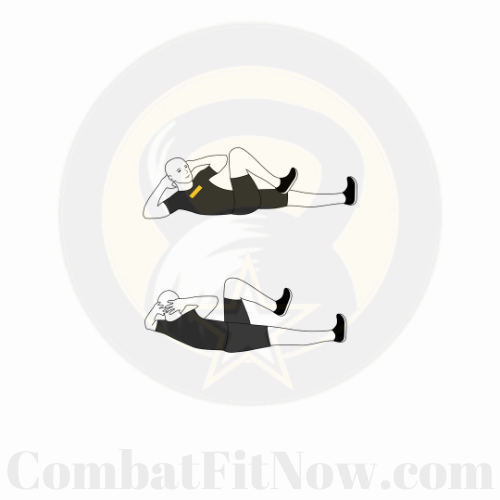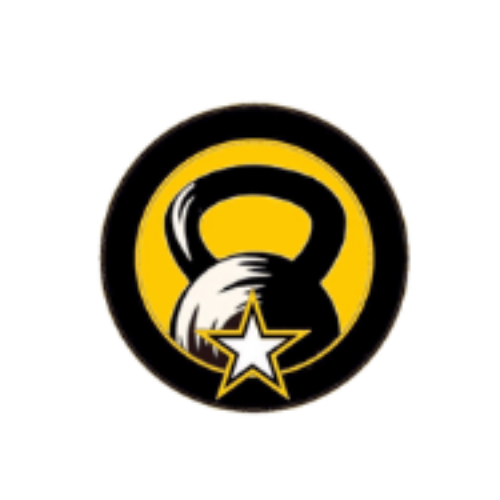The bicycle kick is a dynamic core exercise that targets your abdominal muscles, particularly the rectus abdominis and obliques. Here’s a step-by-step guide on how to perform bicycle kicks correctly:
Video Instructions On How To Do Bicycle Kicks
1. Starting Position:
- Lie flat on your back on a mat or a comfortable surface.
- Place your hands behind your head, interlocking your fingers. Be sure not to pull on your neck, but rather support your head gently.
2. Leg Position:
- Lift your legs off the ground, keeping them straight.
- Bring your knees towards your chest while simultaneously lifting your upper body off the ground, engaging your core muscles.
3. Pedaling Motion:
- Begin a pedaling motion with your legs, as if you were riding a bicycle.
- Straighten one leg while bringing the opposite knee towards your chest.
- Simultaneously twist your torso, bringing your elbow towards the opposite knee.
- Continue the pedaling motion, alternating legs and twisting your torso with each cycle.
4. Breathing:
- Exhale as you twist and bring your elbow towards the opposite knee.
- Inhale as you switch legs and return to the starting position.
5. Common Mistakes to Avoid:
- Do not pull on your neck with your hands; let your core muscles do the work.
- Keep your movements controlled and avoid using momentum to swing your legs.
- Keep your lower back pressed into the mat to avoid strain.
6. Repetitions and Sets:
- Start with 10 to 15 repetitions on each side and gradually increase as your core strength improves.
- Perform 2 to 3 sets, depending on your fitness level.
7. Progressions:
- Once you master the basic bicycle kick, you can make it more challenging by extending your legs lower to the ground without letting them touch, increasing the range of motion.
8. Safety Precautions:
- If you have any pre-existing back or neck issues, consult with a fitness professional or healthcare provider before attempting this exercise.
- Stop the exercise if you feel any pain or discomfort.
Remember to listen to your body and progress at your own pace. Consistency is key when it comes to building core strength, so incorporate this exercise into your regular workout routine for optimal results.



